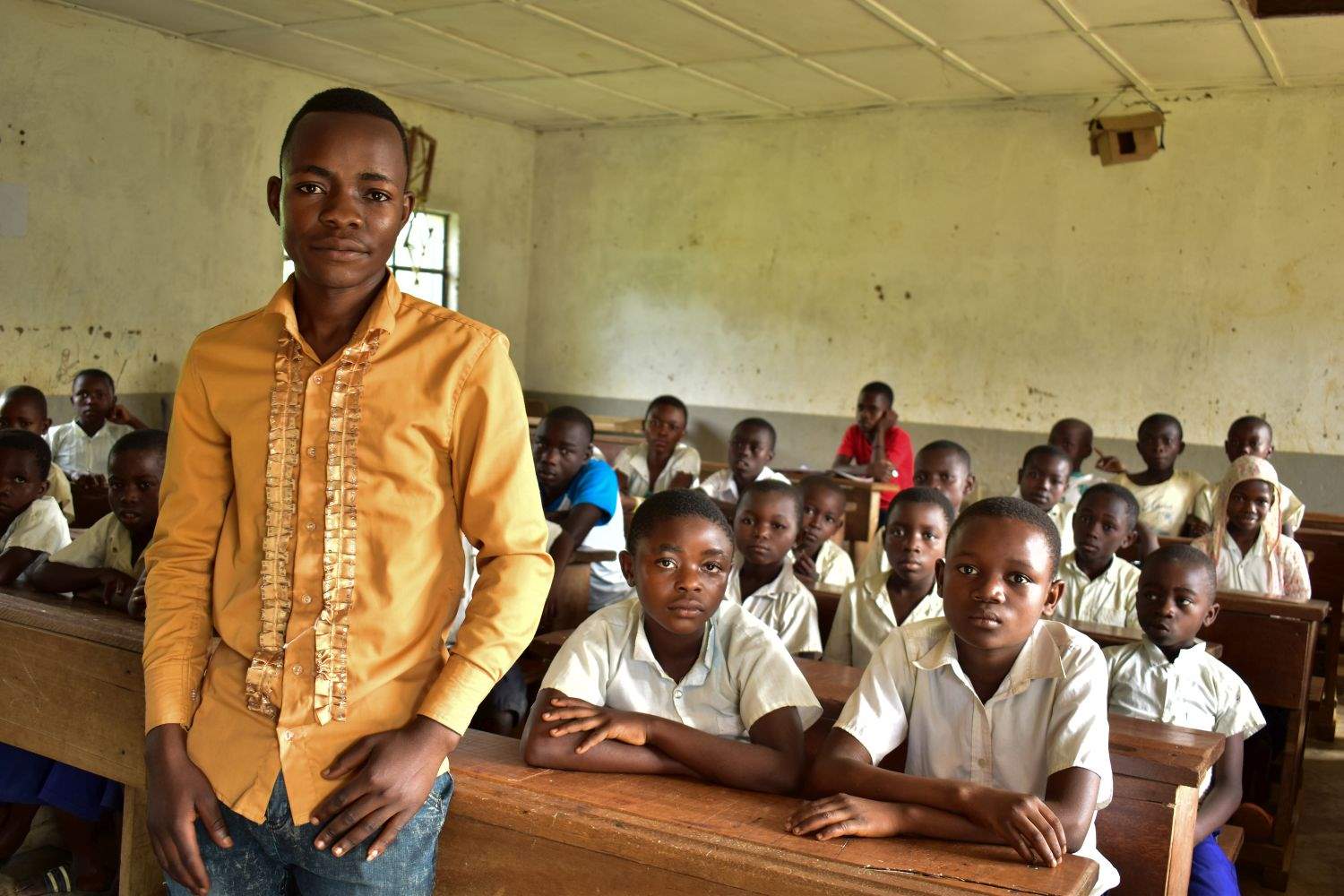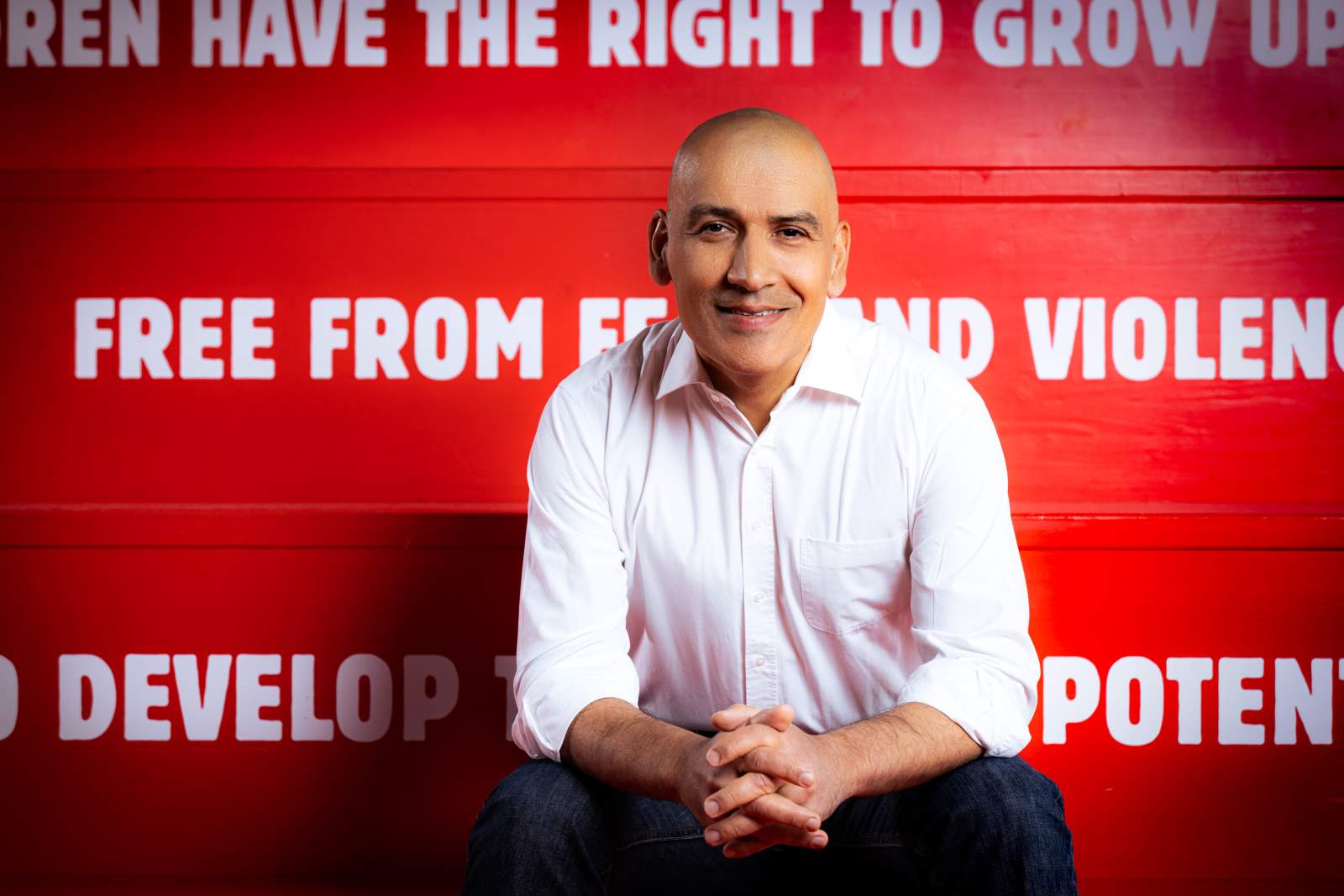Our Take On 2021
Around the world, education is in crisis. Due to the fallouts of the COVID-19 pandemic, nearly 260 million children have no access to education - the highest number in over a decade. What’s more, deep budget cuts and rising poverty means almost 10 million children may never return to school. Add armed conflict into the mix and their dreams of a brighter future seem more and more uncertain.
Education and mental health
In 2021, the results of our joint study with World Vision confirmed these fears - revealing the direct correlation between access to education and children’s mental health. 90 per cent of children in six conflict-affected countries could not attend school as a result of the pandemic. Those asked cited school closures and their families economic hardships’ as two of the main reasons for persistent feelings of hopelessness and anxiety.
Instead of school, young people like Mahmoud are turning to hard labour and low-paid work in a desperate bid to feed their families. Furthermore, new analysis suggests that the same school closures are likely to push some 10 million girls towards early marriage.
"More children than ever are living in active war zones, with schools unsafe or non-existent.”
And it’s not just the pandemic that's cutting off access to education. More children than ever are living in active war zones with schools unsafe or non-existent, teachers overburdened and educational standards at an all-time low. A chilling reminder - in 2020 alone, 160 schools in DR Congo were looted or burned.
That’s why restoring access to education took top priority for War Child in 2021, taking fast, effective and low-cost learning far beyond the classroom...

Our Progress
Building on the work of 2020, we continued to adapt several of our programmes and evidence-based methods to the changing environment. This saw new innovations such as Can’t Wait to Learn@Home really take shape. Not only tablet-based learning but also the use of online tools, platforms and services ensured we were able to reach children even in areas where no formal education exists.
Meanwhile, forward-thinking education programmes allowed children to catch up on vital weeks; months; years of missed schooling, overcoming the obstacles of COVID-19 and perpetual war and conflict.
For children living in the midst of violence, the opportunity to learn is also the opportunity to regain hope and improve their outlook on life. With this in mind, the year saw us explore a variety of emerging approaches including social and emotional learning and psycho-education. We also prioritised projects that put young people in the lead as educators and advocates within their communities.
As for the real heroes of education - the role of teachers in these settings cannot be overlooked. Despite the heavy burden they carry, these special individuals still find it in themselves to be there for their pupils. With the development of our CORE for Teachers method as well as other key initiatives, we’re going the extra mile for them too.
“Each and every one of us has the passion, knowledge and capacity to take action. But to do this right, we need each other.”
Joining Forces
While we’re thankful for these small steps forward, we must come back to where we started. Hundreds of millions of children worldwide are waking up in active war zones, denied their fundamental rights to education, protection and a healthy mind.
As we move to a shared way of working , we are calling on everyone - governments, partners, donors, individuals… - to give this crisis their highest priority. Each and every one of us has the passion, knowledge and capacity to take action. But to do this right, we need each other.
Because no child should be part of war. Ever.

Ramin Shahzamani, CEO


Hans van der Noordaa, Chair Supervisory Board

